New research has led to a major advance in the eventual treatment for blindness and for repairing brain damage from stroke.
Using stem cells and a newly invented biogel delivery medium, the researchers have shown greatly improved results in restoring vision and motor control in test mice.
Molly Shoichet (PhD, ChemE) co-supervised the research. She is a professor in chemical engineering and applied chemistry at the University of Toronto.
Listen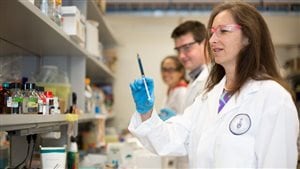
The researchers in Toronto have created a new biogel (hydrogel) delivery medium which provides several advantages in medical applications involving stem cells.
Stem cells are basic cells which can evolve into several different specific cells in the body.
Professor Shoichet notes that while in recent times great advances have been made in using stem cells in medicine, the survival rate of the cells is very low. She says for these cells to work, ie evolve into the specific cells needed to repair damage to specific organs etc, they have to survive long enough to integrate and adapt into the body system, and typically only about 4-5 percent of the stem cells survive.
With their new biogel innovation, including hyaluronan and methylcellulose, the survival rate of the stem cells has doubled. As she says, this means that the medical effectiveness of the treatment is also doubled which is a huge advance.
This newly created biogel also has a distinct advantage over conventional saline as it distributes itself more widely into the region needed as opposed to simply remaining as an injected blob near the injection site which was the case with previous technology.
“After cell transplantation, our measurements showed that mice with previously no visual function regained approximately 15% of their pupillary response. Their eyes are beginning to detect light and respond appropriately,” says Brian Ballios who led this phase of research.
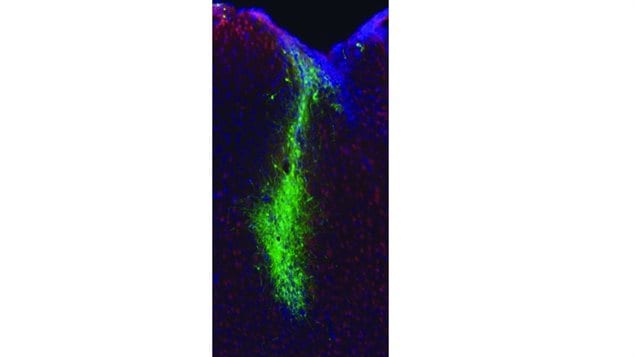
To create the new gel, they were seeking to achieve several of their criteria; it had to be deliverable through an ultra fine needle, gel upon delivery, be compatible with the body, and dissipate safely soon after. They soon found it also greatly improved cell survival as well.
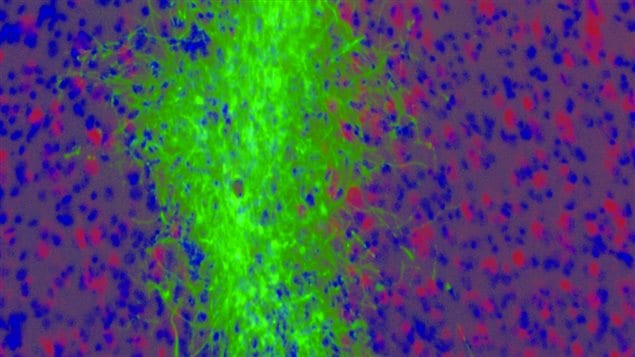
Video of the new biogel with penny for size comparison
In terms of the process involving retinal repair, the Canadian team also may be the only ones using direct injection as opposed to other current forms of research requiring a much more complicated surgical process involving growing retinal cells on a flat sheet and inserting that into the eye.
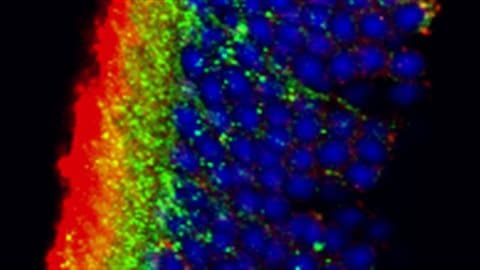
Professor Shoichet points out that their innovation has also shown real progress in treating a completely different injury with completely different cells, that of stroke.
Postdoctoral fellow Michael Cooke who worked on this phase said that within weeks of injection into the brains of “stroke-mice”, they were seeing significant improvement in motor coordination of the subjects.
Professor Shoichet says, the research team is now working on improvements to the hydrogel to enable further increase in cell survival but notes that this innovation, while certainly not eliminating blindness, nor stroke, is a major step forward.
The team is also excited about the fact that this opens the door to an even wider variety of applications in research, and eventually clinical medicine.
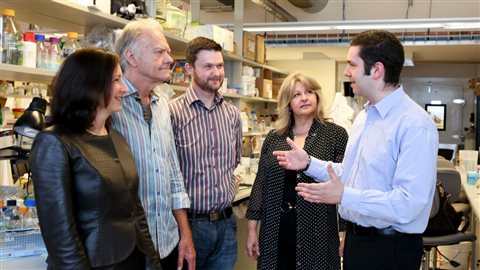
Conducted through the U of T’s Donnelly Centre for Cellular and Biomolecular Research, their research was published in today’s issue of Stem Cell Reports, the official scientific journal of the International Society for Stem Cell Research. The research paper is entitled. “A Hyaluronan-Based Injectable Hydrogel Improves the Survival and Integration of Stem Cell Progeny following Transplantation”







For reasons beyond our control, and for an undetermined period of time, our comment section is now closed. However, our social networks remain open to your contributions.